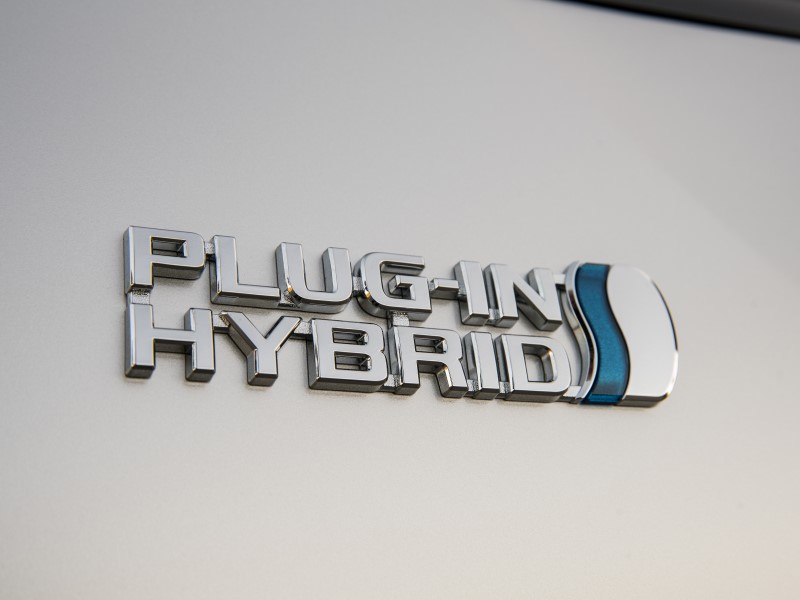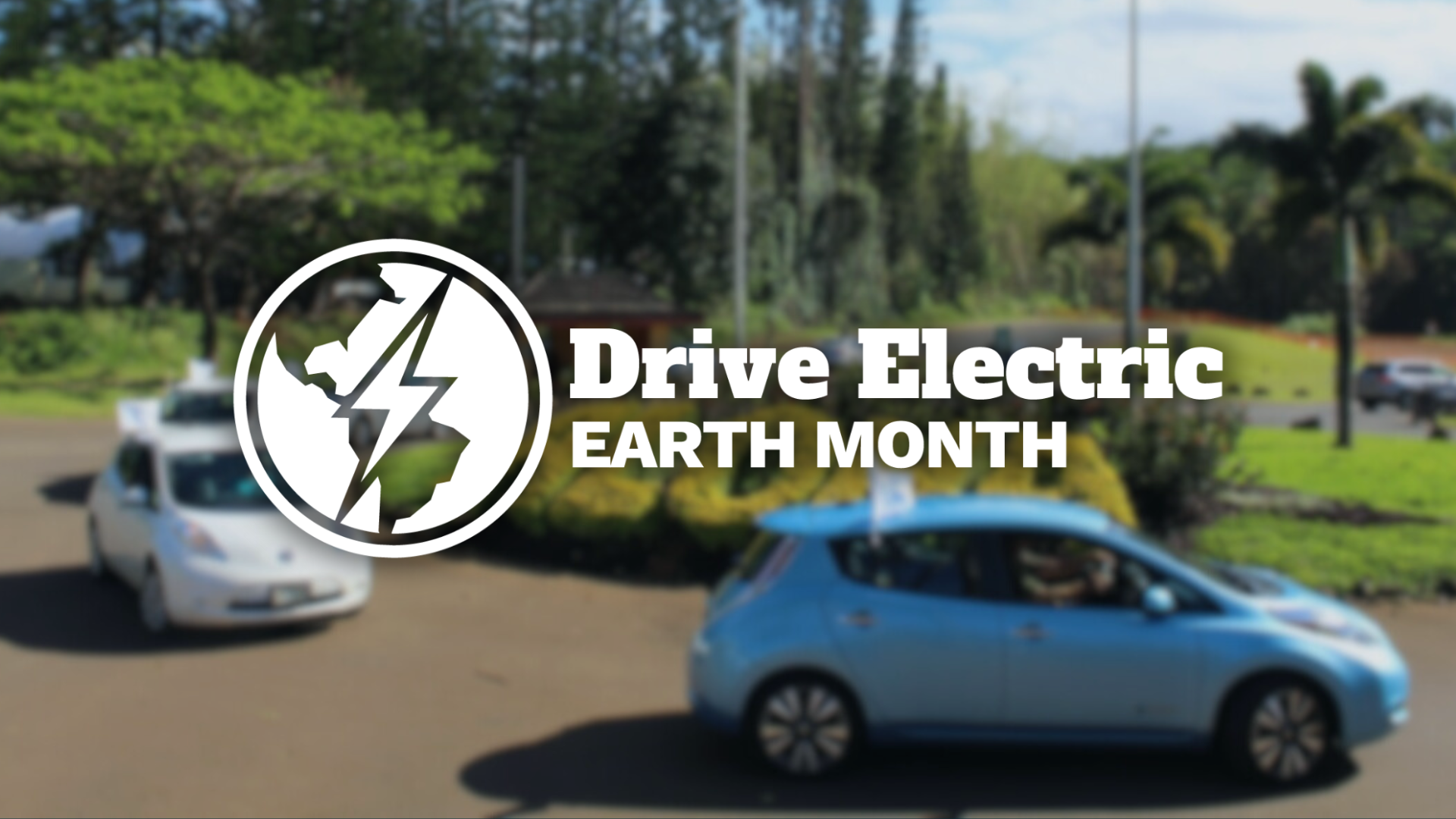A quick look at the electric cars hitting dealerships this year reveals an interesting trend: they are long-range all-electrics. The number of upcoming plug-in hybrid electric models is dwarfed by this wave of all-electric long-range cars and SUVs. While many of them are high-performance luxury models, even affordable makes like Kia, Hyundai, and Nissan are turning to all-electric cars as the way forward. It looks as though all-electrics might be the future of the EV, and it might come down to cost and profitability.
This shift towards all-electrics seems a bit counter-intuitive; on the surface, plug-in hybrids seem to bring the best of both worlds to cautious EV buyers. They have enough electric range to satisfy most or all daily driving needs, while also having a gasoline backup for longer range trips. Plug-in hybrids are the no-compromise EV; there’s no range anxiety and they don’t need to be charged in order to work. In short, it’s the perfect first EV for most Americans because it requires virtually no behavior modification on the part of the owner. Plug-in hybrids also seemed to offer a way to reduce the cost of building an electric car, as they require smaller batteries. So why are almost all of the new EVs long-range electrics?
“All the smart money was on plug-in hybrid success and a fail. I’ll bet if you look back you’ll find automotive ‘experts’ expecting most sales to be plug-in hybrids,” says Marc Geller, a longtime EV advocate and vice president of Plug In America. “The automakers have used plug-in hybrids as an easy way to do something plug-in, but I suspect they’ve come to realize consumers are smart enough to understand there hasn’t been much value in a 20-mile-range plug-in hybrid.”
Note that most plug-in hybrids are based upon existing vehicles rather than completely new vehicle designs. This new wave of all-electrics are, by and large, completely new vehicles built from the ground up to be electrics. And they’re not small cars; in fact, a good chunk of them are crossover SUVs with impressive electric ranges all in excess of 200 miles per charge, with some over 300 miles. This is in line with most assessments that 300 miles per charge is the sweet spot for electric vehicle range; once an all-electric can travel 300 miles on a single charge, the range of the vehicle ceases to be an impediment to consumer adoption.
There could be another factor at play here: cost. As the cost-per-kilowatt-hour of an electric car’s battery pack continues to fall, it might have finally passed the point where it’s cheaper to design and build a long-range all-electric than a comparable plug-in hybrid. All-electrics are mechanically pretty simple—there’s a battery that stores the energy, electric motors that power the drive wheels, and a motor controller that is the brains of the drivetrain. Plug-in hybrids are much more mechanically complex, having to integrate two parallel powertrains together in a seamless operation. The cost of designing and building this combined powertrain may be more expensive than just building an all-electric car. This especially matters if the automakers launching these long range all-electrics intend to turn a healthy profit on these vehicles; thus far, electric cars have not provided the profit margins that mainstream automakers are accustomed to. This appears to be changing fast.
This rollout of long-range all-electric vehicles is a good thing—the technology is advancing, so with 200-300 miles of all-electric range, having a gas backup isn’t really necessary. And the more miles Americans drive on electricity versus gasoline, the better!
With all this in mind, where are plug-in hybrids going? It’s possible they are the jack of all trades, master of none; they don’t get nearly as many electric miles as a long-range all-electric, yet they’re a bit more expensive than a comparable gas car. But plug-in hybrids do fill an important market niche, in that they allow EV-curious drivers to have an EV experience without going fully electric. Perhaps the true future of plug-in hybrids is the extended-range electric vehicle (EREV), a plug-in hybrid that is able to drive exclusively on electric when in electric mode, unlike most plug-in hybrids that require the gas engine to turn on for maximum power. Currently the only EREVs on the market are the BMW i3 REX and the Chevrolet Volt, and the Volt has just been discontinued. What is certain is that if plug-in hybrids are going to continue to be a viable electric offering, the electric range must be significantly more than most current models. There are at least 20 plug-in hybrid models on the market today that get well under 30 miles of electric range; electric ranges below 30 miles just don’t cut it anymore.


